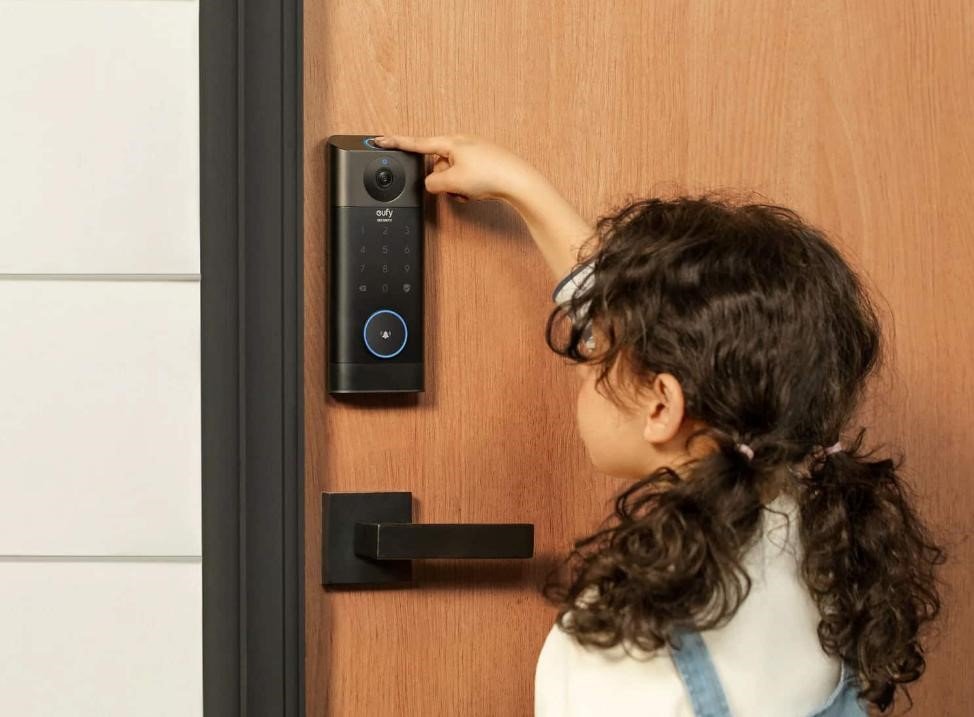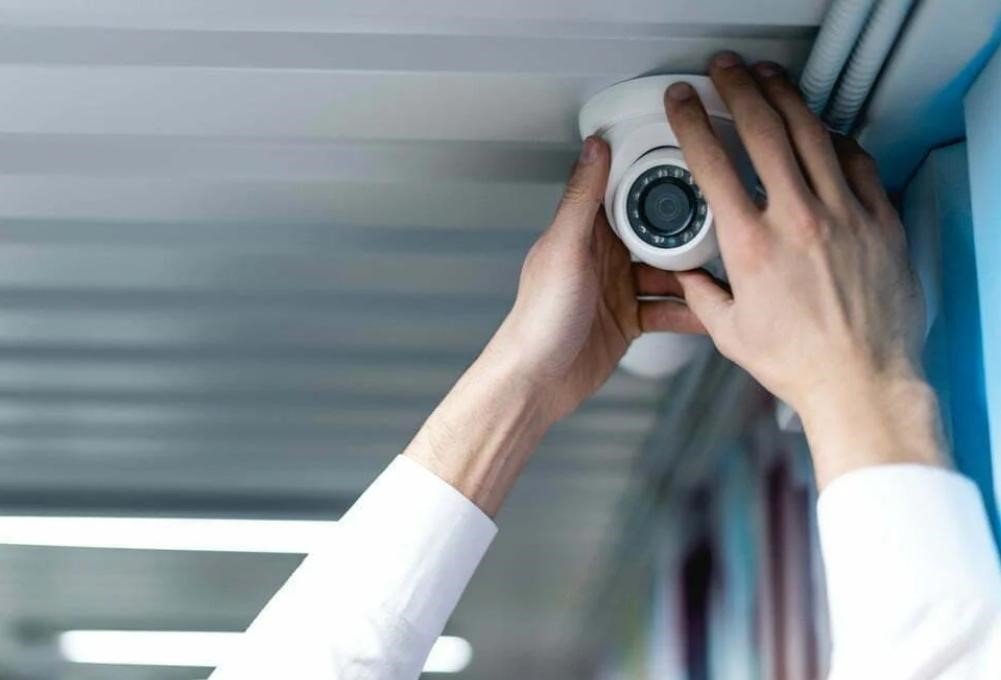
How to Reset Your Smart Lock When It Fails
Is your smart lock not working as it should? You’re not alone. Many users face issues with their smart locks, including malfunctions and connectivity problems. Knowing how to reset your smart lock can quickly resolve many of these issues. This blog introduces you to practical solutions you can apply right away to restore your lock’s full functionality. Whether it’s a quick fix through your smart lock app or a more involved reset, these steps will help get your lock back in working order.
Why Is Your Smart Lock Not Working?
Common Causes of Smart Lock Malfunctions
Smart locks can fail for several reasons, ranging from basic issues like low battery to more complicated software or mechanical problems. Common malfunctions include battery drain, connection disruptions (Wi-Fi or Bluetooth), outdated software, or physical damage to the lock itself. Understanding the root cause is the first step in solving the problem. For example, if your smart lock doesn’t respond to commands or takes longer than usual to unlock, the issue could be linked to poor battery health or a weak Wi-Fi connection. Alternatively, a lack of regular firmware updates could cause the software to malfunction, requiring a reset.
How Battery and Connection Issues Can Lead to Lock Failures
Battery health is vital for smart lock functionality. Low batteries can slow response times or cause the lock to fail completely, especially in high-use areas. Many locks issue low-battery warnings through the app or blinking lights. Replacing them with fresh, high-quality batteries often fixes sluggish performance. Connection issues typically arise from weak Wi-Fi or Bluetooth signals. A distant router or interference from devices like baby monitors can disrupt communication between the lock and your smartphone. To fix this, place the router closer to the lock and eliminate interference. Resetting the router or reconnecting Bluetooth may also help.
How to Perform a Factory Reset on Your Smart Lock
Resetting via the Smart Lock App
Most modern smart locks come with a companion app that simplifies troubleshooting. If your smart lock is not working, a reset via the app is often the easiest solution. To perform a reset, navigate to the settings menu within the app and find the option to reset the lock. This typically involves following a few on-screen prompts to confirm the action. Resetting through the app will return the lock to its factory settings, removing all custom settings such as user permissions and Wi-Fi configurations. However, it’s important to note that this action won’t fix mechanical issues or problems related to physical damage. The reset will restore software functionality but may require reconfiguration of users and network connections.
Hardware-Based Reset Steps for Different Lock Models
Every smart lock model comes with its own specific reset instructions, and not all resets are done via an app. Some locks have a physical reset button hidden behind the battery cover or located on the side of the device. In these cases, the reset is initiated by pressing and holding this button for a few seconds until the lock indicates that it’s resetting (usually through a series of lights or sounds). For example, many August and Schlage smart locks use this method for hard resets. Consult your user manual for specific instructions tailored to your lock model. After the reset, you’ll need to set up the lock again, including reconnecting it to the app and Wi-Fi network.
Resetting Without an Internet Connection
If your smart lock is in an area with no internet access, such as a remote vacation home, or if you experience a temporary internet outage, you can still perform a reset. Most locks have manual buttons or keypads that allow for a reset without the need for internet connectivity. Typically, this involves holding down certain buttons in a specific sequence for a set period, as outlined in the user manual. Once the reset is complete, you’ll need to manually reconfigure the lock settings and restore any user access permissions.
What Happens After a Smart Lock Reset?
Reconnecting Your Smart Lock to the Network
After a factory reset, your smart lock is restored to its default settings, which means you’ll need to reconnect it to your Wi-Fi or Bluetooth network. Open the smart lock app, follow the setup guide, and ensure that the lock is within range of the router to guarantee a stable connection. The app will walk you through the reconfiguration process, including naming the lock and assigning user permissions. Make sure the signal is strong at the lock’s location. If the connection remains unstable, consider moving your router closer or using a Wi-Fi extender.
Configuring User Access and Permissions
After reconnecting your smart lock to the network, configuring user access settings is essential to restore security. This involves going into the smart lock app, adding users, and assigning access levels to ensure only authorized individuals can lock and unlock your door. You can set specific permissions, such as temporary access for guests or maintenance personnel, depending on the model of your smart lock.
How Often Should You Reset a Smart Lock?
Signs You Need to Reset Your Smart Lock
Resetting should be a last resort. Indications for resetting include frequent connectivity disruptions, unresponsive features, or if you’ve recently updated the software and the lock isn’t working correctly. If your smart lock fails to respond to app commands, disconnects from the network often, or displays inconsistent performance, a reset may be necessary to resolve these issues. Occasionally, after software updates, some features might malfunction due to compatibility issues, signaling the need for a reset.
Preventative Maintenance to Avoid Frequent Resets
Frequent resets are usually not necessary if the lock is properly maintained. Regularly updating your lock’s firmware and companion app ensures that your lock has the latest bug fixes and security features. Also, change the batteries as soon as low-power alerts appear to avoid power-related malfunctions. Clean the lock’s exterior, especially the keypad and mechanical parts, to prevent dirt buildup that could impair functionality. By maintaining your smart lock and keeping all systems updated, you can significantly reduce the chances of needing a factory reset.

Conclusion
Resetting your smart lock can solve many issues, from connectivity troubles to unresponsive features. By understanding the common causes and knowing how to reset your lock via the app, hardware, or without internet access, you can restore its functionality in no time. Regular maintenance, such as software updates, battery changes, and cleaning, will keep your lock running smoothly and reduce the need for frequent resets. A well-maintained smart lock is key to keeping your home secure and ensuring convenience for your everyday life.




